Natural Estrogens: Benefits for Postmenopausal Women
SuperPRO Omega
May 5, 2016One-A-Day
May 6, 2016When talking about a woman’s hormones, the term “estrogen” is frequently used. Estrogens are steroid hormones present in both men and women, but at significantly higher levels in women of reproductive age. But, do you know that there are three types of estrogens found in the human body? Estriol (E3), Estradiol (E2) and Estrone (E1) each have unique biological effects, benefits and side effects. Also, the different forms of estrogen have different affinities for certain body tissues (such as the brain, breast and vagina) and therefore it is important to select the most appropriate estrogen for optimal treatment or prevention of a specific problem.
Estriol, coined the “weaker” of the three estrogens naturally made by the human body, has significant therapeutic benefits, and is commonly used to treat hot flashes, insomnia, and vaginal atrophy; to reduce the frequency of urinary tract infections; and for skin enhancement. Recently, estriol has shown the potential to treat individuals with autoimmune illnesses, including multiple sclerosis and rheumatoid arthritis.
After menopause, as estrogen levels fall, many women experience thinning, drying and inflammation of the vaginal walls, clinically known as vaginal atrophy. Multiple studies have demonstrated the benefits of a vaginal tablet containing an ultra-low-dose of estriol (E3) in combination with the probiotic Lactobacillus acidophilus for the treatment of vaginal atrophy.
The FDA “respects a healthcare provider’s decision that his or her patient should receive estriol.” E3 has a USP monograph that therefore can be compounded by prescription. E3 has been commercially available in Europe and Asia for many years and its use is well supported in the medical literature.
References
Journal of Restorative Medicine 2013; 2: page 45-52.
Climacteric. 2013 Jun;16(3):347-55.
Breast Cancer Res Treat. 2014 Jun;145(2):371-9.

